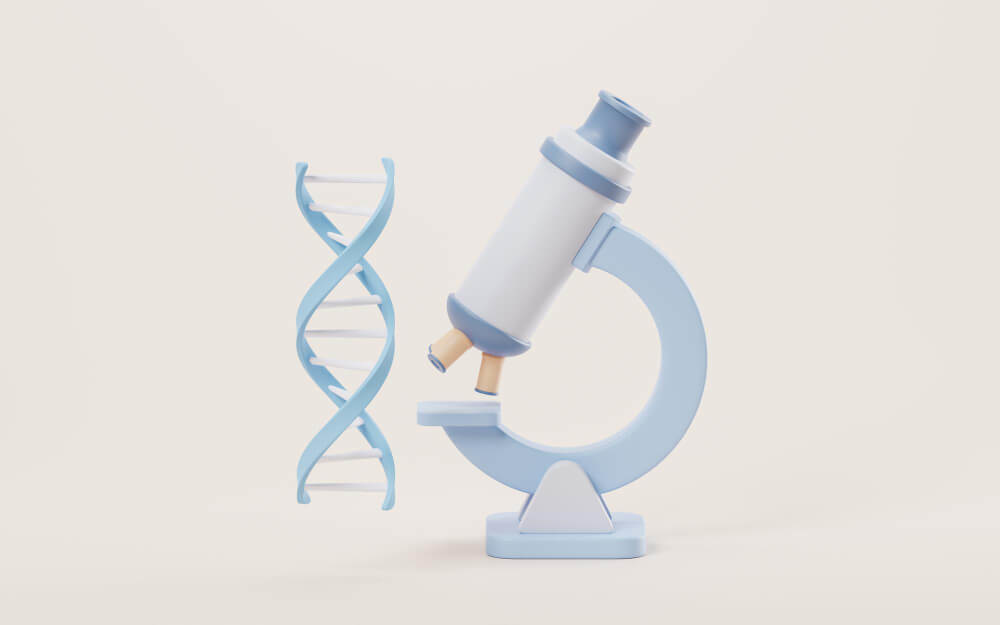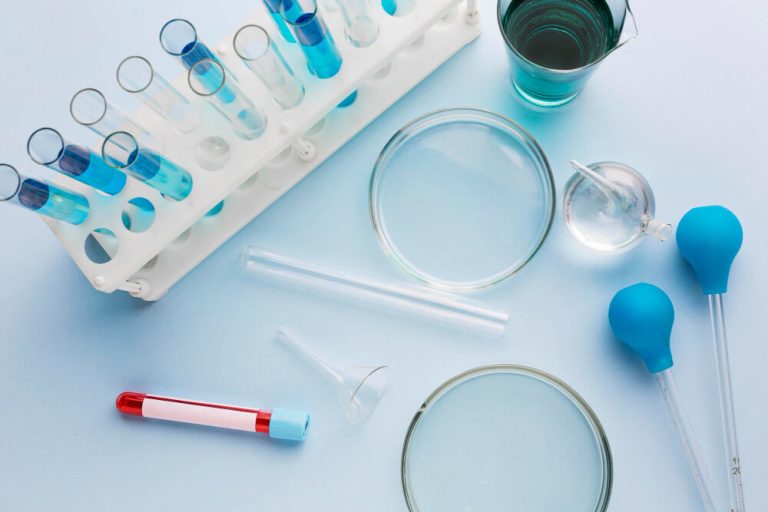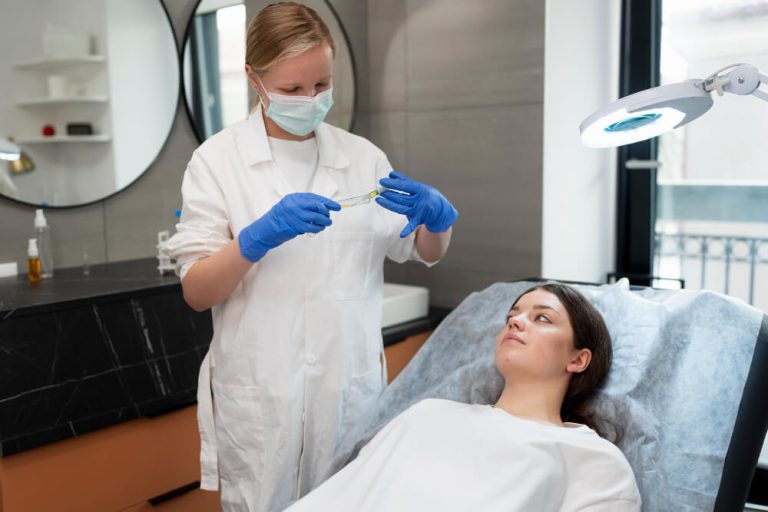What is a Longevity Clinic and How Can It Revolutionize Your Healthspan?
We all share a fundamental human desire: to live a long, vibrant life. For centuries, this meant simply adding more years to our lifespan. But a new paradigm is emerging, one that focuses not just on the quantity of years, but on their quality. This is the concept of healthspan, the period of our lives spent in good health, free from the chronic diseases and disabilities of aging. This shift from lifespan to healthspan is the driving force behind a revolutionary approach to healthcare.
At the forefront of this movement is a specialized type of medical practice. It operates on principles of proactive, personalized, and data-driven medicine. This new model, known as a longevity clinic, moves beyond the traditional ‘sick care’ system of treating diseases after they appear. Instead, it aims to identify and address the root causes of aging and disease risk factors long before they manifest as symptoms, helping you optimize your body’s performance and resilience.
Understanding the purpose and function of a longevity clinic is the first step toward reclaiming control over your health trajectory. These clinics serve as your partner in a lifelong journey of health optimization. They use cutting-edge science and technology to create a roadmap designed not just to help you live longer, but to live better, with more energy, clarity, and vitality for years to come.

Why is Proactive Healthcare Gaining Popularity?
For decades, the standard medical approach has been largely reactive. You feel a symptom, you see a doctor, you get a diagnosis, and you receive a treatment. While this model is essential for acute illnesses and injuries, it often falls short when it comes to the slow, creeping decline associated with chronic, age-related diseases. Conditions like heart disease, type 2 diabetes, neurocognitive decline, and osteoporosis do not appear overnight. They are the result of years, or even decades, of underlying physiological dysfunction.
Proactive healthcare flips this script. It is built on the premise that it is far more effective to prevent a fire than to fight one. By focusing on prevention and optimization, this approach seeks to maintain health rather than just manage disease. People are increasingly realizing that waiting for a diagnosis means they have already lost a significant amount of their healthspan. They want to be in the driver’s seat of their own biology, not passive passengers waiting for a breakdown.
This desire is fueled by a growing body of scientific knowledge about the hallmarks of aging. We now understand many of the cellular and molecular processes that cause our bodies to decline over time. This knowledge empowers us to intervene in these processes through targeted lifestyle changes, nutrition, and therapies. A proactive model uses this information to build a fortress of health, strengthening your body’s natural defenses against the inevitable challenges of aging.

What Happens During Your First Visit to a Longevity Clinic?
Your initial experience at a longevity clinic is fundamentally different from a typical doctor’s appointment. The first visit is not a brief, 15-minute encounter. Instead, it is a comprehensive deep dive into every aspect of your life that influences your health and aging process. It begins with an extensive conversation that can last an hour or more.
The physician and health team will want to know everything. This includes your detailed personal and family medical history, of course, but it goes much further. They will ask about your diet, your exercise habits, your sleep patterns, your stress levels, your social connections, and your career demands. They are also keenly interested in your goals. What do you want to achieve? Is it running a marathon at 50, maintaining cognitive sharpness into your 80s, or simply having the energy to play with your grandchildren?
This initial consultation is about building a complete picture of you as an individual. It establishes a baseline and a strong therapeutic partnership. The goal is to understand not just your current state of health, but your unique biochemistry, genetics, lifestyle, and aspirations. This information becomes the foundation upon which a highly personalized and deeply data-driven diagnostic strategy is built. You leave this first meeting feeling heard and understood, with a clear sense of the investigative journey that lies ahead.

What Kind of Advanced Diagnostics Are Used?
The core principle of longevity medicine is ‘test, don’t guess’. To create a truly personalized health plan, the clinical team needs an extraordinary amount of data about your unique biology. This goes far beyond the standard blood panel you might get at an annual physical. Longevity clinics employ a battery of advanced diagnostic tests to create a high-resolution snapshot of your health from the inside out.
This diagnostic phase is perhaps the most crucial part of the process. It’s what separates a generic wellness program from a precision medicine protocol. The data gathered informs every subsequent recommendation, from nutrition and exercise to supplements and advanced therapies. It provides the objective biomarkers needed to track progress and refine the plan over time, ensuring that interventions are having the desired effect at a cellular level.

How Do They Measure Your Biological Age?
One of the most fascinating concepts in longevity medicine is the distinction between chronological age and biological age. Your chronological age is simply how many years you have been alive. Your biological age, however, is a measure of how old your cells and tissues are from a functional standpoint. Two people can be 50 years old chronologically, but one may have a biological age of 40 while the other has a biological age of 60.
Longevity clinics use sophisticated tests to estimate your biological age. The gold standard is epigenetic testing, often using methods like the Horvath clock. These tests analyze methylation patterns on your DNA, which are chemical tags that change over time and are closely correlated with age and health status. Other tests may measure telomere length, the protective caps on the ends of your chromosomes that shorten with each cell division. Knowing your biological age provides a powerful baseline and a key metric to track as you implement your health plan.

What Role Does Genetic Testing Play?
Your genes are not your destiny, but they are your blueprint. Understanding your genetic predispositions is a cornerstone of personalized medicine. Longevity clinics often utilize whole-genome sequencing or comprehensive genetic panels to identify specific variations, known as SNPs, that can influence your risk for certain conditions or affect how you respond to foods, exercises, and even medications.
For example, your genetics might reveal a predisposition to high cholesterol via the ApoE4 gene, an impaired ability to process B vitamins, or a higher sensitivity to caffeine. This information is not meant to be frightening; it is empowering. It allows the clinical team to create proactive strategies to mitigate these genetic risks. Pioneering companies like Human Longevity, Inc. have built their entire model around this deep, data-driven approach to health. Knowing your genetic blueprint allows for a level of personalization that was unimaginable just a decade ago.

Are Blood Tests More Comprehensive?
Yes, the blood work performed at a longevity clinic is vastly more comprehensive than a standard panel. The goal is to measure biomarkers across all the key systems that influence aging and disease risk. This includes a deep dive into your metabolic health, looking at markers like fasting insulin, glucose, and HbA1c to assess for insulin resistance, a primary driver of aging.
They will perform an advanced lipid panel that measures not just LDL and HDL cholesterol, but also particle size and number, specifically a marker called Apolipoprotein B (ApoB), which is a more accurate predictor of cardiovascular risk. Panels will also assess markers of systemic inflammation like hs-CRP, nutrient levels like Vitamin D and Omega-3s, and a full spectrum of hormone levels. A critical part of this is employing advanced diagnostic and monitoring strategies for hormone optimization to identify and correct imbalances that can impact energy, mood, and body composition.

What Does a Personalized Longevity Plan Look Like?
Once the extensive diagnostic data has been collected and analyzed, the clinical team synthesizes it all into a comprehensive, personalized longevity plan. This is not a generic handout with advice to ‘eat better and exercise more’. It is a detailed, actionable roadmap tailored to your specific biology, goals, and lifestyle. The plan is a living document, designed to be monitored, adjusted, and refined over time as your biomarkers improve.
The plan typically revolves around several key pillars of health, each one customized based on your test results. The power of this approach lies in its synergy; improvements in one area, like sleep, often have a positive cascading effect on others, like metabolic health and cognitive function. It is a holistic strategy for upgrading your entire operating system.

How is Nutrition Optimized?
Nutrition in a longevity clinic is about precision. Your plan will move beyond general dietary guidelines and specify what, when, and how you should eat based on your genetics, metabolism, and microbiome data. It may include recommendations for a specific macronutrient ratio, a personalized list of optimal foods, and guidance on which foods to limit or avoid.
For someone with signs of insulin resistance, the plan might focus on a lower-carbohydrate approach and incorporate time-restricted eating to improve metabolic flexibility and promote autophagy, the body’s cellular cleanup process. For another person, the focus might be on increasing specific plant fibers to support a healthy gut microbiome. The plan will also include targeted supplementation to correct any identified nutrient deficiencies, ensuring your body has all the raw materials it needs for optimal function.
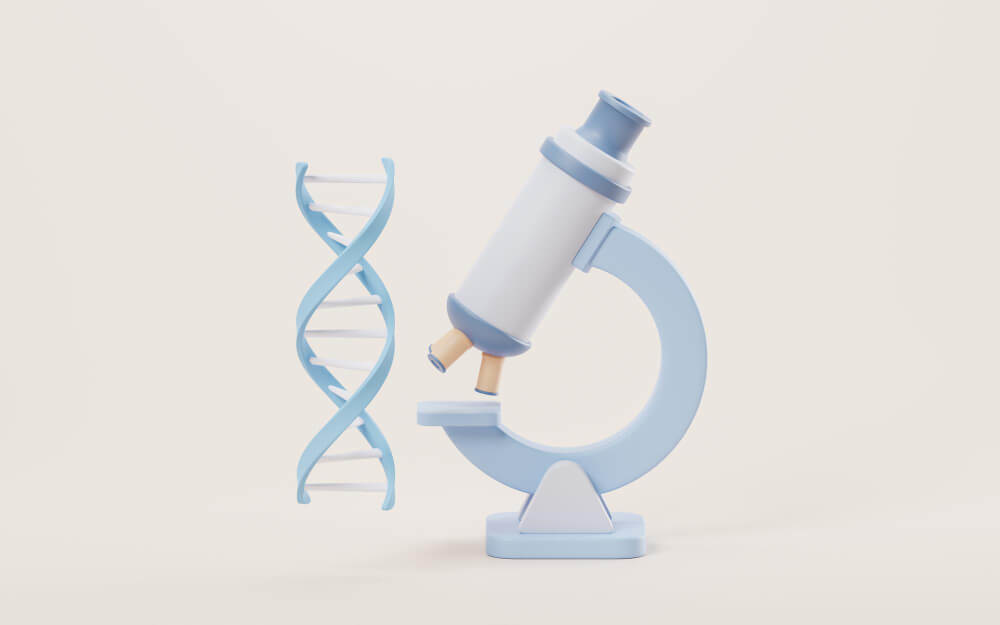
What About Exercise and Movement?
Your exercise prescription will be just as personalized as your nutrition plan. The goal is to build a program that addresses the four key pillars of fitness for longevity: strength, stability, aerobic efficiency, and anaerobic performance. The plan is designed to be both effective and sustainable for the long term.
To combat age-related muscle loss, or sarcopenia, there will be a focus on resistance training. For cardiovascular health, the plan will likely include a significant amount of Zone 2 cardio, a low-intensity exercise that builds mitochondrial efficiency. It will also incorporate higher-intensity work to boost VO2 max, a powerful predictor of longevity. Finally, stability and mobility work are included to prevent injury and maintain functional movement as you age.

Are Supplements and Peptides Part of the Plan?
In addition to correcting nutrient deficiencies, a longevity plan may include targeted supplements or prescription therapies designed to intervene in the aging process itself. This is always done under strict medical supervision and is based on your specific biomarkers and risk profile. These are not ‘magic pills’ but are used as tools to support the foundational work of diet and exercise.
This might include compounds like NAD+ precursors to support cellular energy, or metformin or berberine to improve insulin sensitivity. In some cases, physicians may discuss the use of molecules like rapamycin, which has been shown to extend lifespan in animal models. Peptides, which are short chains of amino acids that act as signaling molecules, may also be used for specific purposes like injury repair, immune support, or improving growth hormone levels.

How Important is Sleep and Stress Management?
Sleep is non-negotiable for longevity. It is during sleep that your body performs most of its repair and recovery processes. Your plan will include strategies to optimize both the quantity and quality of your sleep. This is often informed by data from wearable devices that track sleep stages, heart rate variability, and respiratory rate.
Similarly, chronic stress accelerates the aging process by keeping your body in a constant state of ‘fight or flight’. A longevity plan will incorporate personalized stress management techniques. This could range from mindfulness meditation and breathwork practices to recommendations for spending more time in nature. The goal is to improve your resilience to stress and promote a healthier balance in your nervous system.

Who Makes Up the Team at a Longevity Clinic?
A successful longevity clinic is not run by a single doctor. It operates with a collaborative, multidisciplinary team of experts who each bring a specialized skill set to your health journey. This team approach ensures that every aspect of your personalized plan is guided by a professional with deep knowledge in that specific area.
The team is typically led by a physician, an MD or DO with advanced training in functional, anti-aging, or longevity medicine. They are the captain of the ship, responsible for interpreting the complex diagnostic data and overseeing the entire medical strategy. Working alongside the physician is often a health coach, who serves as your primary point of contact and helps you implement the day-to-day lifestyle changes. They provide accountability, education, and support.
The team also includes specialists like registered dietitians or nutritionists who fine-tune your dietary plan, and exercise physiologists or kinesiologists who design and guide your fitness protocol. The seamless coordination of these experts is vital, and the details of staffing a longevity clinic and the specific roles and responsibilities are what separate the best clinics from the rest. This integrated team ensures you receive comprehensive, expert guidance on every pillar of your health.

How is Technology Used to Manage Your Health Journey?
Technology is the backbone of a modern longevity clinic. It is used to collect data, track progress, and facilitate communication between you and your clinical team. This tech-enabled approach allows for a level of monitoring and personalization that would otherwise be impossible.
This starts with wearable technology. Devices like the Oura Ring, WHOOP band, and continuous glucose monitors (CGMs) provide a constant stream of real-time data about your sleep, recovery, activity levels, and metabolic responses. This data is no longer just for your personal interest; it is integrated directly into your health record and analyzed by your clinical team to make informed adjustments to your plan.
Behind the scenes, the clinic’s operational success hinges on its digital infrastructure. A robust technology stack, including EMR and patient portals for a modern clinic, is essential for managing the vast amounts of data from diagnostics, wearables, and check-ins. A sophisticated patient portal allows you to view your results, track your progress, and communicate securely with your entire care team, making you an active participant in your own health management.

What Are Some Examples of Leading Longevity Clinics?
The field of longevity medicine is growing rapidly, with a variety of clinics emerging, each with a slightly different focus and philosophy. Some clinics have been in the age management space for decades, while others are newer, tech-driven startups. This variety provides options for individuals seeking different approaches to optimizing their healthspan.
For instance, some of the most established names in the field, like Cenegenics, have long pioneered performance health and age management, often with a strong focus on comprehensive diagnostics and hormone optimization. Other clinics, such as Wild Health, champion a precision medicine approach that leans heavily on genetic analysis to create hyper-personalized diet and lifestyle protocols for their members.
The rise of these clinics and the public’s growing interest has not gone unnoticed. Major publications are now covering the science and business of this burgeoning field, with in-depth features exploring the world of longevity medicine and its impact on healthspan and lifespan. This mainstream attention reflects a significant cultural shift towards a more proactive and scientific approach to personal health.
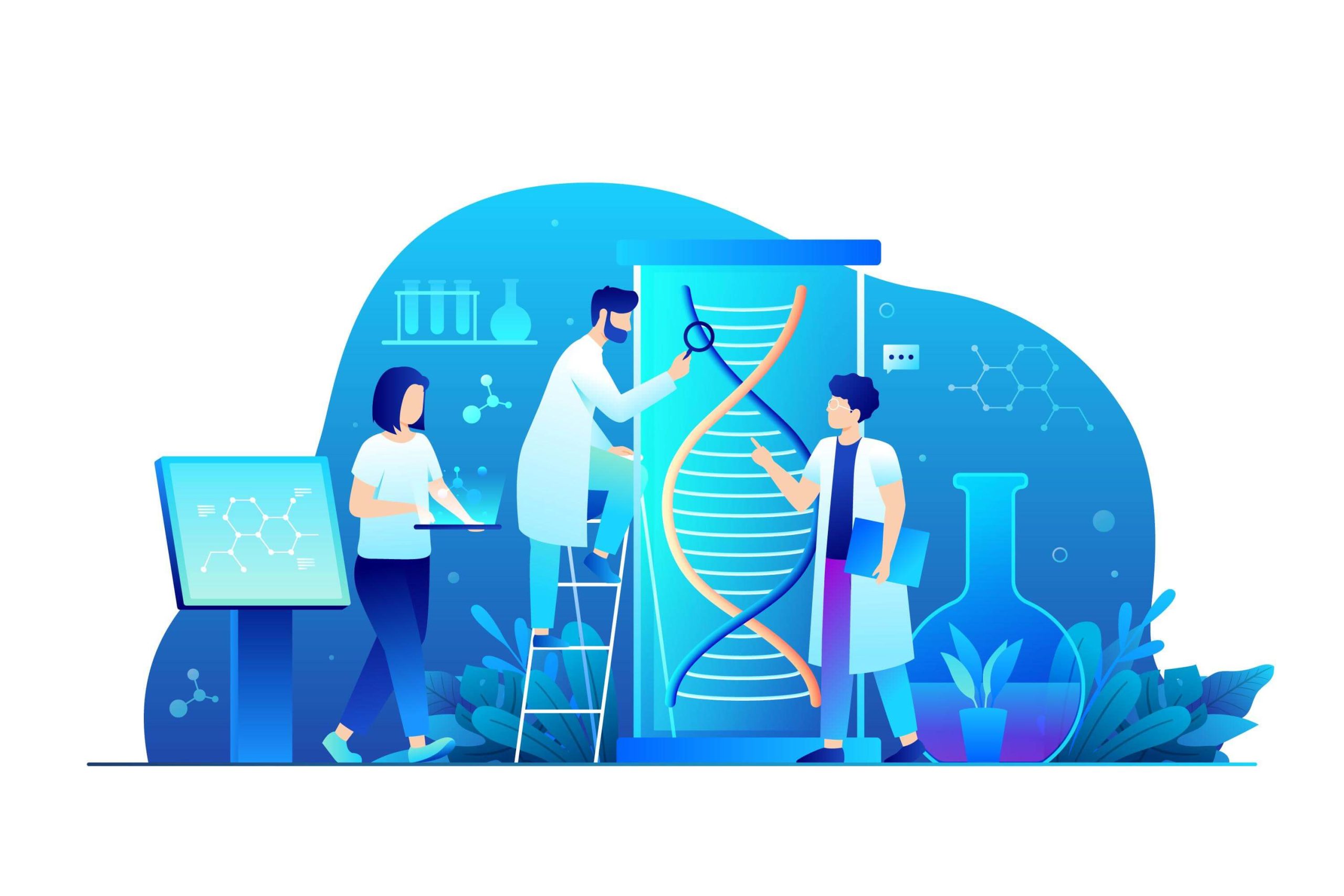
How Much Does a Longevity Program Typically Cost?
It is important to be realistic about the financial investment required for a longevity program. This advanced, personalized level of care is not typically covered by standard health insurance, which is primarily designed for reactive disease treatment. The cost is a significant consideration for most people.
Programs are often structured as an annual membership or a package that includes the initial comprehensive diagnostic workup and a set number of consultations throughout the year. The initial testing phase can be the most expensive part, as it includes genomics, advanced blood panels, and other specialized assessments. The total annual cost can range from several thousand to tens of thousands of dollars, depending on the clinic and the depth of the services provided.
While the price tag can be daunting, many people view it as a worthwhile investment in their most valuable asset: their future health. The rationale is that by investing in prevention and optimization now, they may be able to avoid or reduce the much higher financial, physical, and emotional costs of treating chronic diseases later in life. It represents a fundamental shift in prioritizing spending on maintaining wellness rather than just paying for sickness.

Is a Longevity Clinic Right for You?
A longevity clinic is not for everyone. It requires a significant commitment of time, effort, and financial resources. The ideal candidate for this type of healthcare is someone who is highly motivated, proactive, and curious about their own biology. They are willing to make substantial lifestyle changes and are comfortable with a data-driven approach to their health.
If you are someone who wants to move beyond the limitations of the traditional healthcare system and take a preventative stance against age-related decline, then a longevity clinic could be a transformative experience. It is for the individual who doesn’t want to just accept the ‘normal’ aging process but wants to actively shape their health trajectory for the better. It is for the person who sees their health as a performance that can be continuously optimized.
Conversely, if you prefer a more traditional and less intensive approach to your health, or if you are not prepared to engage deeply with your own health data and make consistent lifestyle adjustments, this model may not be the best fit. Ultimately, choosing a longevity clinic is a decision to become the CEO of your own health, with the clinic’s team acting as your expert board of advisors. It is the ultimate expression of taking ownership of your healthspan.
Frequently Asked Questions

What kind of value can my specialty clinic provide to referring physicians besides just excellent patient care?
Providing value extends beyond clinical outcomes and focuses on making the referring physician’s job easier and more efficient. A key way to do this is by creating a frictionless referral process, including a simple online referral form and a dedicated contact person for their office staff. Ensuring prompt and clear communication, such as sending back consultation notes within 24-48 hours, shows respect for their time and reinforces a collaborative partnership.
Furthermore, you can position your clinic as an educational resource for their practice and community. Consider offering brief "lunch and learn" sessions for their office on new treatments or diagnostic criteria relevant to your specialty. Sharing concise, valuable content like a quarterly newsletter with clinical updates or hosting an annual CME event can also solidify your reputation as an expert and a valuable partner in their patient care ecosystem.

As a busy specialist, what are the most time-efficient strategies for nurturing referral relationships?
The most effective strategy is to leverage your team, particularly by empowering a physician liaison or a dedicated practice manager. This individual can handle the consistent, time-consuming work of initial outreach, scheduling introductory meetings, and dropping off marketing materials. This allows you to reserve your limited time for high-impact interactions, such as a quick personal phone call to thank a doctor for a complex referral or attending a targeted networking event.
For direct engagement, focus on high-leverage digital communication that respects everyone’s time. A brief, personalized email acknowledging a new referral can be more impactful than an infrequent, time-intensive lunch meeting. Systematize your outreach by using a CRM to schedule quarterly check-in emails or to distribute a valuable e-newsletter, ensuring you remain top-of-mind without a significant time commitment.

Beyond just counting the number of referrals, what key metrics should my clinic track to measure the health of our physician network?
To truly understand the health of your network, you must track the quality and efficiency of the referral loop. Monitor your referral-to-appointment conversion rate to identify any friction in your patient intake process that might deter future referrals. It’s also critical to analyze the types of cases being referred to ensure they align with your specialty’s focus and are financially viable for your practice.
Another essential metric is referral source concentration, which helps you identify if you are overly dependent on a small number of physicians. A diverse referral base is more stable and resilient to changes in your local healthcare landscape. Finally, track your "report-back time," which is the average time it takes for your clinic to send a consultation summary back to the referring provider, as a quick turnaround is a key driver of referrer satisfaction.
Discover the most comprehensive functional medicine training, longevity training, and biohacking certification programs designed specifically for healthcare professionals, medics, and clinic owners who want to master regenerative medicine protocols and anti-aging therapies.

